If you're a runner that knows you need to incorporate strength training into your workout schedule, but not sure how to fit it all in, I created the 30-day strength training for runners challenge for you.
I'll prove that you can get stronger, improve performance, and reduce the chance of injury with just a few minutes a day. If you want strength training to become a habit, then introducing it daily in small doses is the most effective way to get started.
We will begin with low-intensity moves to increase runner-specific strength. You can always increase the intensity as you get stronger, but for daily workouts to build a new habit, short low-intensity exercises are most effective.
There's almost no downside to starting small; if you are committed to making long-term changes, it will benefit you to start small and build slowly.
30-DAY CHALLENGE
The 30-day challenge is the starting point. We will use the next 30 days to develop a habit of regular runner-specific strength training, but it doesn’t end there. A commitment to get stay healthy and strong lasts a lifetime.
Before I go into the exercises, let's first talk about why I chose the exercises I did for the challenge. Runners need to train a bit differently than the average bodybuilder or lifter in the gym. Work backward from your goal; if your goal is a become a better runner, then the exercises you choose should support that goal.
Understanding the reason you are doing the exercises can help with the motivation to do them. We're not wasting any time or energy or workouts that won't support your ultimate goal—to become a stronger runner.
Running shoes and dumbbells
RUNNER-SPECIFIC STRENGTH
Strong glutes, hamstrings, and quadriceps will give you the strength to run faster and longer, as they are the same muscles you use to run. Muscles stabilize the joints, so developed muscles around the joint help prevent joint injuries.
The intention of these exercises is not to develop maximal strength, but to develop runner-specific strength to improve your performance and longevity in the sport.
WHY DO RUNNERS NEED TO DO LATERAL EXERCISES?
Runners move in one plane of motion: forward. If you only strengthen the muscles you use in this plane of motion (called the Sagittal plane), then the muscles needed to move in the other planes of motion get week and under-active, which can cause imbalances that can lead to injuries.
Incorporating lateral exercises that work hips, and inner and outer thighs will keep you running strong. Examples of lateral exercises are leg swings, side lunges, and curtsy squats.
WHY DO RUNNERS NEED TO DO SINGLE-LEG EXERCISES?
When you run, both feet are never on the ground at the same time. For the duration of your run, you are balancing on one leg or the other. It serves runners well to build independent hip strength with unilateral exercises (one leg at a time).
Examples of single-leg exercises are single-leg deadlifts, lunges, and side lunges.
WHY DO RUNNERS NEED TO DO ROTATIONAL EXERCISES?
Building rotational strength in the transverse plane provides stability between the upper and lower body. Again, we don't strengthen these muscles when we run, so if we don't intentionally work to strengthen these muscles, they can become weak and cause imbalances in strength.
Examples of a rotational exercise is the lift and chop and lunge with overhead rotation.
WHY DO RUNNERS NEED CORE/BACK STRENGTH?
The core is everything below your chest and above your thighs, not just those six packs abs you covet. Strong back muscles help hold your posture upright, especially once you get tired on a run, and provides stability needed to power your stride. Your core includes your abdominal muscles, your back, and your hips.
Exercises that work your core are bridges, rows, bird dogs, planks, and push-ups.
WHY DO RUNNERS NEED FOAM ROLLING?
It’s beneficial to target tight or overactive muscles with foam rolling regularly. A short daily foam rolling routine can help improve mobility and help ward off injuries.
PROGRESSIONS
These workouts are your baseline. As you perform these exercises daily, you will need to increase the challenge of these exercises over time to keep progressing forward. If you do the same workouts over and over, your body will adapt, and the same activities that gave you results last month may not be enough to continue to see new progress.
After these 30 days, you will need to increase the intensity of the workout with added weights or resistance or increase the duration with additional reps or sets to continue to see results.
We are starting small on purpose so that we can build strength over time.
THE EQUIPMENT
You can do these workouts with minimal equipment. As you get stronger and more advanced, you will need to add more weight to the exercises to progress, but to start, you can use your body weight and dumbbells. I am using a 15 lb dumbbell in most of these exercises. You can decrease or increase the weight based on your current fitness, but since this is a daily practice, it is essential to keep the intensity low to avoid over-training or injury.
THE TRAINING SCHEDULE
We'll cycle through four short circuit-style workouts each week, followed by a rest day. Each workout should take no more than 15- 20 minutes. Do all the exercises in succession with little to no rest between moves. Repeat the circuit 1-3 times per day, depending on time and any running workouts on your schedule. Remember, these exercises are not to replace your running workout schedule but complement it.
I recommend doing the exercises before you run. If you have a long run or a challenging interval workout, do the exercises one time through. If it is your rest day from running or if you have a short or easy run on the schedule, do the exercises in a circuit fashion up to four times. Finish with foam rolling to target any tight or overactive muscles.
THE EXERCISES
DAY 1 STRENGTH FOR RUNNERS
8-12 Bridge chest press
8-10 Weighted side lunges each leg
6-8 Static lunge with overhead rotation each leg
8-10 Plank rows each side
Day 2 STRENGTH FOR RUNNERS
8-12 Deadlifts
8-12 Squat to overhead press
8-10 Curtsy squat with chest press each leg
8-10 Plank to side plank each side
DAY 3 STRENGTH FOR RUNNERS
8-10 Single leg deadlift each leg
8-10 Front lunge with twist each leg
8-10 Weighted side lunge each leg
8 Lift and chop each side
DAY 4 STRENGTH FOR RUNNERS
8-12 Squat to overhead press
8-10 Curtsy squat with chest press each side
10-12 Push-ups or incline push-ups
8-10 Bird dog each side (opposite arm and leg extended)
FOAM ROLLING
I recommend foam rolling for two to five minutes before or after each workout in the areas that are most tight and restricted. You can learn more foam rolling techniques and best practices here.
The 30 day strength training for runners challenge is meant to help you develop a habit that will last a lifetime, not just 30 days. Please keep in touch as you work through the challenge.
Questions? I’d love to help.
Coach Lea


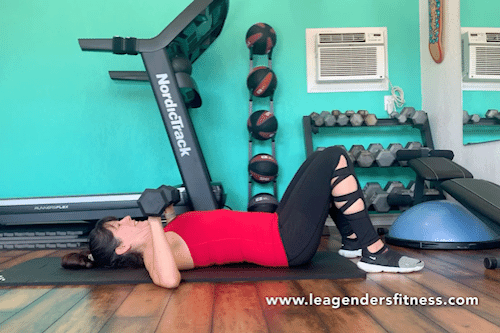
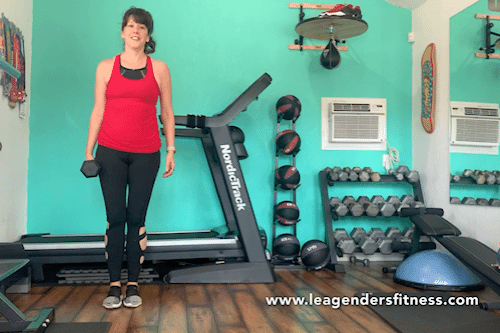

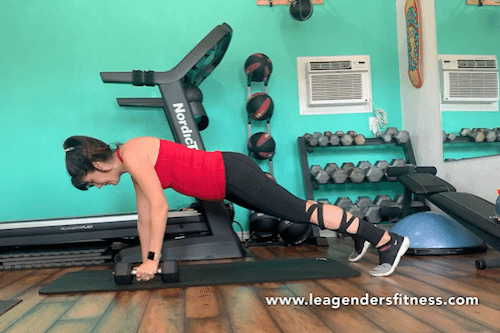
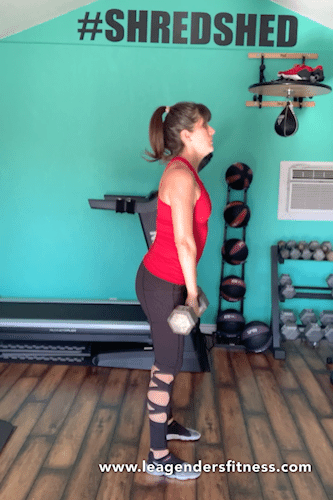
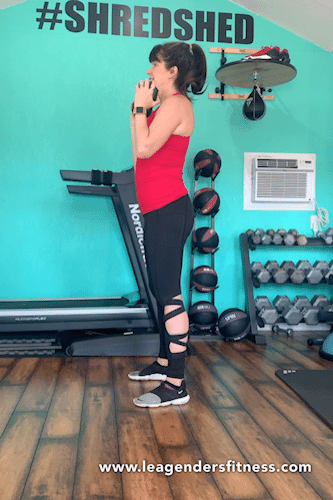

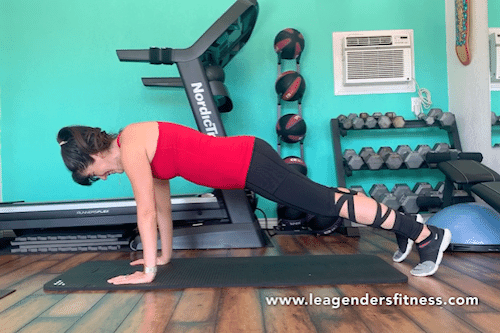



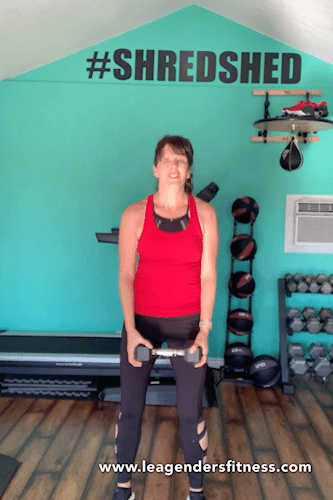














If you're tired of starting over every Monday, I'm showing you how to build a wellness plan that fits your real life. It's the key to making progress that lasts. Here's how to get started.